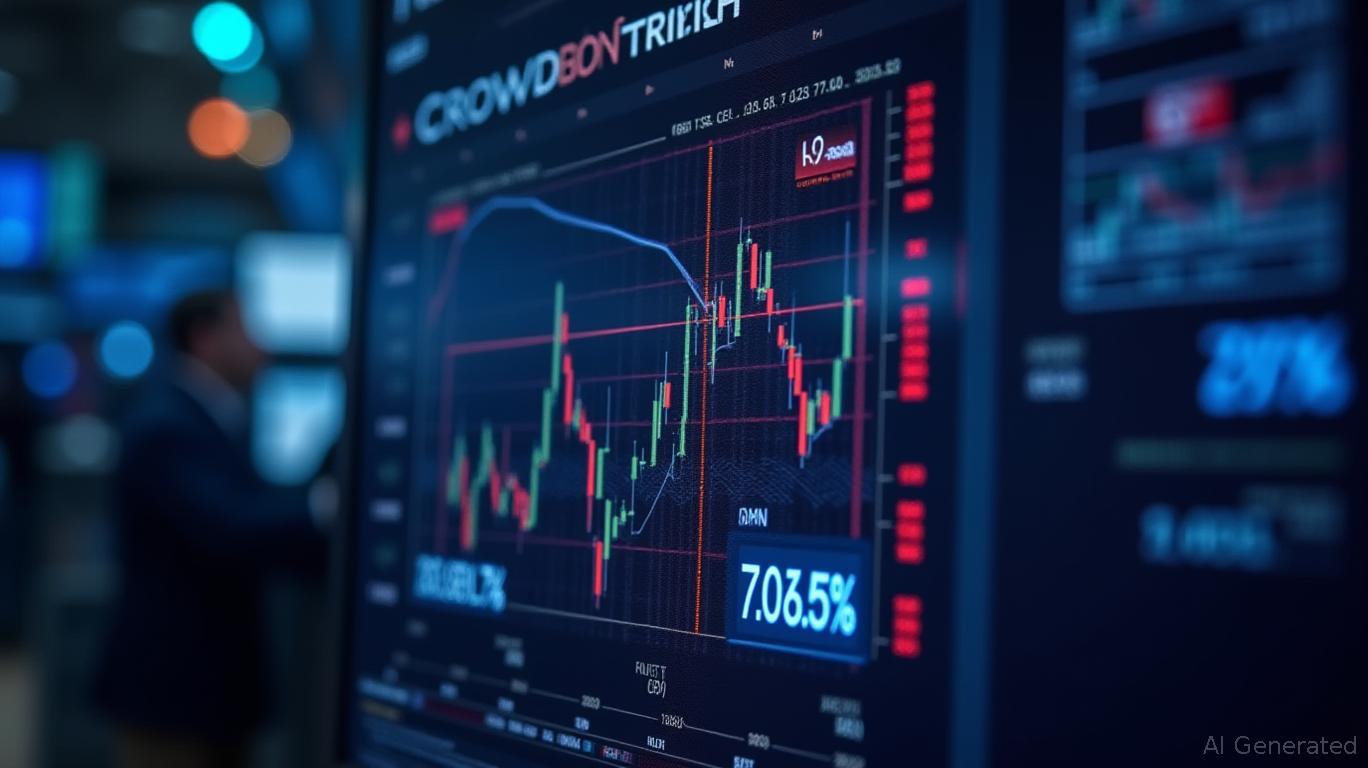Olin Q1 2025 Earnings: A Fragile Beat Amid Structural Challenges
Olin Corporation (OLN) delivered a Q1 2025 earnings report that narrowly beat Wall Street’s expectations, with adjusted EPS of $0.01 and revenue of $1.64 billion. However, beneath the surface, the results reveal a company grappling with sector-specific headwinds, cost inflation, and uneven performance across its three core segments: Chlor Alkali, Epoxy, and Winchester Ammunition. While strategic refinancing and cost-cutting measures provide near-term stability, Olin’s path to sustained profitability hinges on navigating macroeconomic risks, overcapacity in chemicals, and weak consumer demand.
The Good: Chlor Alkali Resilience
Olin’s Chlor Alkali Products and Vinyls (CAPV) segment shone as the bright spot in Q1, with sales rising 4.5% year-over-year to $924.5 million. Strong chlorine demand, driven by unplanned industry outages and delayed spring maintenance, allowed Olin to delay its own Texas facility turnaround, boosting volumes. However, this decision came at a cost: management warned of $33 million in incremental Q2 expenses to address deferred maintenance.
Ask Aime: "Will Olin's Q1 report impact its stock price?"

Adjusted EBITDA for CAPV rose to $78.3 million, aided by volume growth and operational agility. Management highlighted a “new PVC production milestone” in March 2025 and noted that tariffs on Asian/European caustic soda imports are curbing competition. The segment’s focus on seasonal caustic soda demand and ECU (Electrochemical Unit) margin discipline could support stabilization in Q2.
The Bad: Epoxy and Winchester Struggles
The Epoxy division reported its worst Q1 in years, with sales falling 2.8% to $331.7 million and an EBITDA loss of $28.4 million—more than double the loss from 2024. Weak global demand, particularly in construction and automotive sectors, and subsidized Asian competition have created a supply-demand imbalance. Management admitted that antidumping measures have provided “limited relief” and warned that recovery remains distant.
Ask Aime: Why is Olin Corporation (OLN) facing challenges despite its Q1 earnings beating expectations?
Winchester Ammunition also underperformed, with sales dropping 5.2% to $388.0 million. While military sales grew on project revenue, commercial ammunition sales plummeted due to retailer inventory overhang and weak consumer spending. EBITDA collapsed 54% to $22.8 million, pressured by rising raw material costs (propellant, metals) and pricing concessions.
Strategic Moves: Cost Cuts and Debt Refinancing
To counter these challenges, Olin has implemented aggressive cost-saving measures:
- Cost Reduction Target Raised: The 2025 target was increased to $50–70 million (up from $40–50 million), with focus on structural cuts in overhead and supply chains.
- Debt Refinancing: A $600 million bond issuance refinanced near-term debt, extending maturities to 2030. Net debt dropped to $2.9 billion, lowering the net debt-to-EBITDA ratio to 3.5x.
- Capital Allocation Shift: Capex reduced by $25 million to $200–220 million, prioritizing high-return projects.
Ask Aime: "Which Olin Corporation stocks are safe to hold?"
These moves aim to bolster liquidity ($1.3 billion) and support a “value-first” strategy, with $2.0 billion remaining under share repurchase authorizations.
Outlook and Risks
Q2 2025 guidance projects adjusted EBITDA of $170–210 million, constrained by CAPV’s delayed turnaround costs and Winchester’s margin pressures. Key risks include:
- Epoxy Overcapacity: Global oversupply and Asian subsidies could prolong losses.
- Commercial Ammunition Weakness: Retailer destocking may continue through H2 2025.
- Input Costs: Metals and propellant prices remain elevated, squeezing margins.
Market Reaction and Valuation
Despite beating EPS and revenue estimates, Olin’s stock fell 2.03% post-earnings to $21.21, with a 58% YTD decline reflecting investor skepticism. Analysts at Zacks have rated OLN a #5 (Strong Sell), citing cyclical risks and execution concerns. However, the company’s refinanced balance sheet and $50–70 million cost targets provide a floor for value.
Conclusion: A Hold with Cautious Upside
Olin’s Q1 results are a mixed bag: resilience in Chlor Alkali and disciplined capital allocation offer short-term stability, but structural challenges in Epoxy and Winchester remain unresolved. With a net debt-to-EBITDA ratio of 3.5x and a focus on cost savings, the company is positioned to weather near-term volatility. However, meaningful recovery hinges on:
- Epoxy Demand Recovery: Antidumping rulings in the EU (expected by Q3) and reduced Asian overcapacity.
- Winchester Turnaround: Military sales growth must offset commercial weakness, while the Ammo Inc. acquisition delivers synergies.
- Cost Savings Execution: Achieving the $50–70 million target is critical to improving margins.
For now, Olin remains a Hold. Investors should monitor Q2 EBITDA performance and segment trends closely. While the stock’s valuation is low (P/E of 12.4x), upside potential depends on whether management can transform cost cuts into sustainable profitability.
JR Research’s analysis suggests that Olin’s stock could stabilize near $20–$25 if CAPV and Winchester deliver sequentially better results. However, further declines are likely if Epoxy losses expand or macroeconomic risks intensify.










